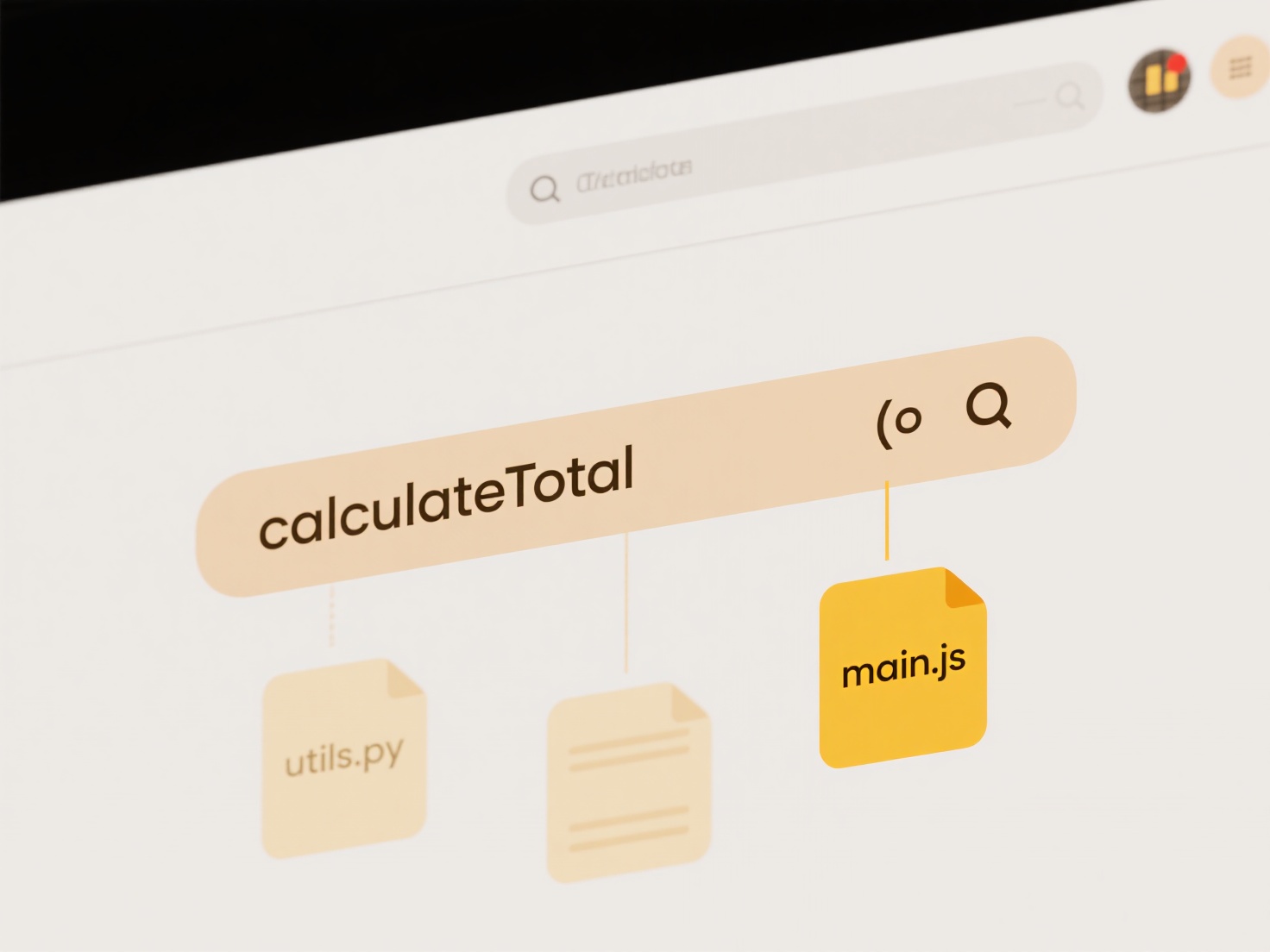
Running programs directly from cloud storage locations like Dropbox or Google Drive is generally not possible because cloud storage primarily serves as file hosting, not an execution environment. While cloud storage stores application files, executing software requires dedicated processing power (CPU/RAM) which cloud storage services lack. Therefore, software must typically be downloaded to a local device or virtual machine with the necessary computing resources to run.

Some cloud-native execution environments blur this line. Cloud functions like AWS Lambda or Google Cloud Run can execute specific, triggered code packages stored in associated cloud storage buckets. Similarly, platforms such as Cameyo stream packaged applications stored in cloud repositories to a user's browser, handling execution remotely. These environments explicitly build execution capabilities atop storage.
While offering scalability and simplified deployment, running programs directly from storage has inherent limitations: complex software often needs specific local system integration or high performance impractical via remote execution. Security considerations for executing untrusted code persist. Future developments focus on enabling more sophisticated execution patterns within cloud platforms themselves, reducing reliance on user hardware.
Can I run programs or applications from cloud storage?
Running programs directly from cloud storage locations like Dropbox or Google Drive is generally not possible because cloud storage primarily serves as file hosting, not an execution environment. While cloud storage stores application files, executing software requires dedicated processing power (CPU/RAM) which cloud storage services lack. Therefore, software must typically be downloaded to a local device or virtual machine with the necessary computing resources to run.

Some cloud-native execution environments blur this line. Cloud functions like AWS Lambda or Google Cloud Run can execute specific, triggered code packages stored in associated cloud storage buckets. Similarly, platforms such as Cameyo stream packaged applications stored in cloud repositories to a user's browser, handling execution remotely. These environments explicitly build execution capabilities atop storage.
While offering scalability and simplified deployment, running programs directly from storage has inherent limitations: complex software often needs specific local system integration or high performance impractical via remote execution. Security considerations for executing untrusted code persist. Future developments focus on enabling more sophisticated execution patterns within cloud platforms themselves, reducing reliance on user hardware.
Quick Article Links
Why are files not opening in web-based editors?
Files may not open in web-based editors due to several common factors, primarily centered around compatibility and secur...
How do I deal with file duplicates caused by email attachments?
File duplicates caused by email attachments occur when you save the same attachment multiple times to your computer or c...
How do I structure documentation by audience (dev, legal, exec)?
Structuring documentation by audience tailors information specifically to different groups' needs, roles, and technical ...